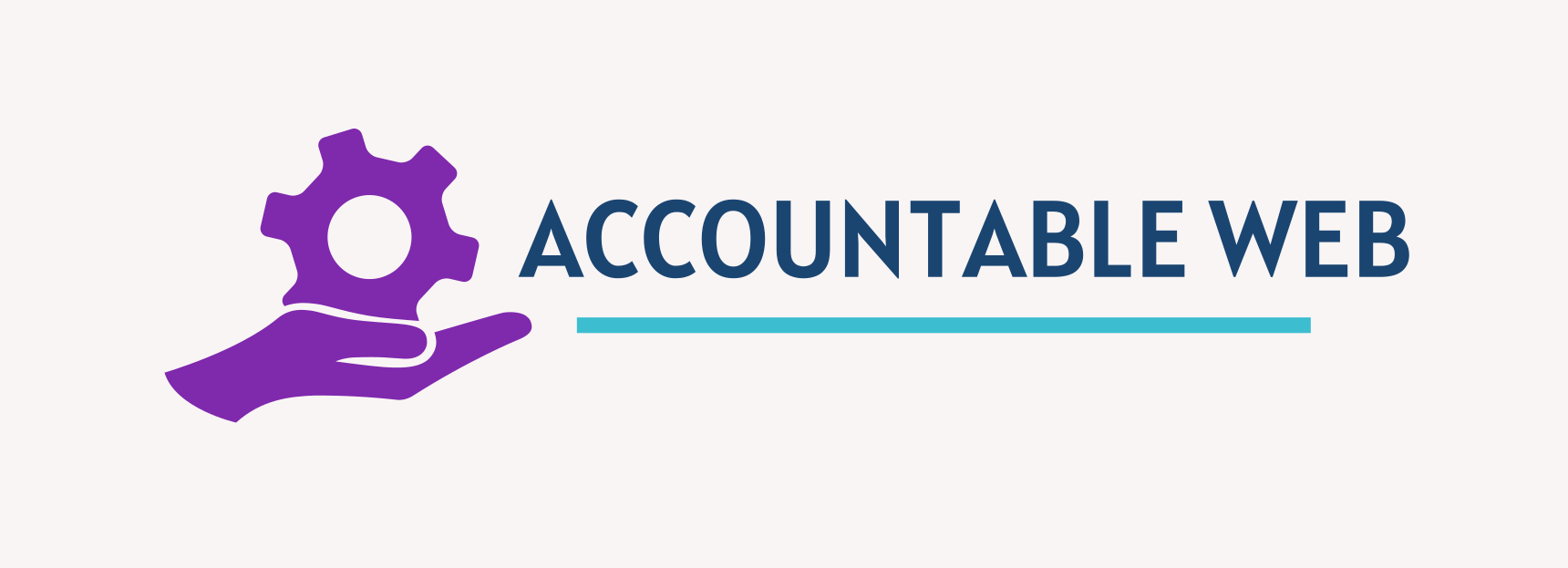Introduction
Many business owners assume that because they have money in the bank, their business is profitable. Others see steady sales and believe they’re financially secure—until a tax bill or unexpected expense proves otherwise. Understanding whether your business is truly profitable is essential for long-term success. In this article, we’ll break down what profit actually means, common mistakes business owners make, and practical steps to ensure you’re not just making sales but actually making money.
Profit vs. Cash Flow: Why They’re Not the Same
One of the biggest misconceptions in business finance is confusing profit with cash flow. Just because there’s money coming in doesn’t mean your business is profitable.
- Cash flow refers to the movement of money in and out of a business, including payments received and expenses paid.
- Profit is the financial gain after all expenses have been deducted from revenue. A business can be profitable but still experience cash shortages if payments from customers are delayed.
A business can have a positive cash flow (lots of money coming in) but still not be profitable if expenses are too high. Likewise, a profitable business might struggle with cash flow if clients pay late or large expenses hit at once.
What Is Profit?
Profit describes the financial benefit realised when revenue generated from a business activity exceeds the expenses, costs, and taxes involved in sustaining the activity.
What Does Profit Tell You?
Profit is the money a business retains after accounting for all expenses. It’s a critical measure of business performance and sustainability.
The three major types of profit are gross profit, operating profit, and net profit—all of which can be found on the income statement. Each type provides different insights into financial health and performance.
Gross, Operating, and Net Profit
- Gross profit: The money left after deducting the direct costs of producing your product or service (such as materials or manufacturing costs).
- Operating profit: Further removes operating expenses like rent, salaries, utilities, and marketing costs. This is sometimes referred to as EBIT (Earnings Before Interest and Taxes).
- Net profit: The final amount left after deducting interest and taxes. This figure represents the company’s “bottom line.”
The bottom line tells a company how profitable it was during a period and how much it has available for drawings, dividends and retained earnings. What’s retained can be used to pay off debts, fund projects, or reinvest in the company. An increasing bottom line is a sign that a company is growing, while a shrinking bottom line could be a red flag. Your business might have a high gross profit but still struggle if other expenses eat into the bottom line.
A high gross profit but low net profit could indicate excessive operating costs or high tax liabilities, meaning adjustments are needed.
The Three Components of Cash Flow
Understanding where money is coming from and where it’s going helps business owners make better financial decisions. Cash flow is typically divided into three categories:
- Operating activities – Cash generated from selling products or services.
- Investing activities – Money spent on assets like equipment, property, or technology.
- Financing activities – Funds received from loans, grants, or investor contributions.
💡 Tip: Regularly tracking these cash flow categories can help businesses spot trends, plan ahead, and avoid financial shortfalls.
I won’t go into Cash Flow and Cash Flow forecasting in this article as that is saved for a future article!
Common Reasons Businesses Seem Profitable But Aren’t
Even with strong sales, businesses can still be in trouble. Here are some reasons why:
- High Overheads Eating Into Profits
- Rent, utilities, software subscriptions, and other recurring expenses can erode profitability.
- Underpricing Products or Services
- If your pricing doesn’t cover costs and leave room for profit, you might be working hard but not making enough.
- Remember to include your overheads when calculating the prices. Your products and services are worth it.
- Unaccounted-for Expenses
- Hidden costs like transaction fees, equipment repairs, or tax liabilities can catch business owners off guard.
- Late Payments from Customers
- If you invoice customers and provide them with credit terms, your business might appear profitable on paper but struggle with cash flow due to unpaid invoices.
- Late Payments to Suppliers
- If you are late paying your suppliers because you don’t have the cash flow, not only will you make your suppliers start sending you angry letters, but you might assume that you are making more profit than you are.
- Excessive Owner Withdrawals
- Taking too much money out of the business for personal use (drawings) can leave it short on funds. Remember, drawings aren’t an allowable expense!
Real-World Examples
Case Study 1: The Growing Retailer with No Profit
Sarah runs an online boutique and sees consistent sales growth. However, at tax time, she realises she barely broke even. The issue? She was constantly reinvesting in new stock but not monitoring her net profit. By reviewing her expenses and adjusting her pricing, she finally saw a true profit.
Case Study 2: The Freelancer Who Underpriced Services
James is a web designer who charged lower rates to stay competitive. While he had plenty of work, he found himself struggling to cover business expenses and constantly stressed. By increasing his rates slightly and tracking all expenses, he ensured his business was profitable while maintaining a sustainable work-life balance.
Case Study 3: The Business Owner Who Didn’t Track Debtors and Creditors
Emma runs a small consultancy firm. She often allowed clients to pay invoices late but didn’t track outstanding payments closely. At the same time, she had suppliers demanding early payments. While her business appeared profitable on paper, she faced cash flow issues because money was leaving faster than it was coming in. After setting stricter payment terms and using automated invoicing reminders, she improved cash flow and ensured profitability.
How to Check If Your Business Is Actually Making a Profit
To get a clear picture of your profitability, follow these steps:
- Regularly Review Financial Statements
- Check your Profit & Loss (P&L) statement to see if revenue exceeds expenses.
- Look at trends over months to spot patterns rather than relying on one-time figures.
- Track All Expenses Accurately
- Include every cost, even small ones, to get a realistic picture of profit margins.
- Use bookkeeping software to categorize and analyze spending.
- Set Up a Cash Flow Forecast
- A forecast helps anticipate upcoming expenses and ensure you have enough funds.
- Plan for seasonal changes in sales and unexpected costs.
- Price Your Products/Services Correctly
- Make sure pricing accounts for direct costs, operating expenses, taxes, and desired profit margins.
- Conduct regular pricing reviews to ensure sustainability.
- Separate Business and Personal Finances
- Mixing personal and business money makes it hard to see true profitability.
- Use a dedicated business account and pay yourself a salary rather than withdrawing funds randomly.
Conclusion
Understanding profit is key to long-term business success. By reviewing financial statements, managing expenses, and pricing correctly, you can ensure that your business isn’t just surviving – it’s truly profitable. If you’re unsure where to start, take some time to review your numbers and make the necessary adjustments.

